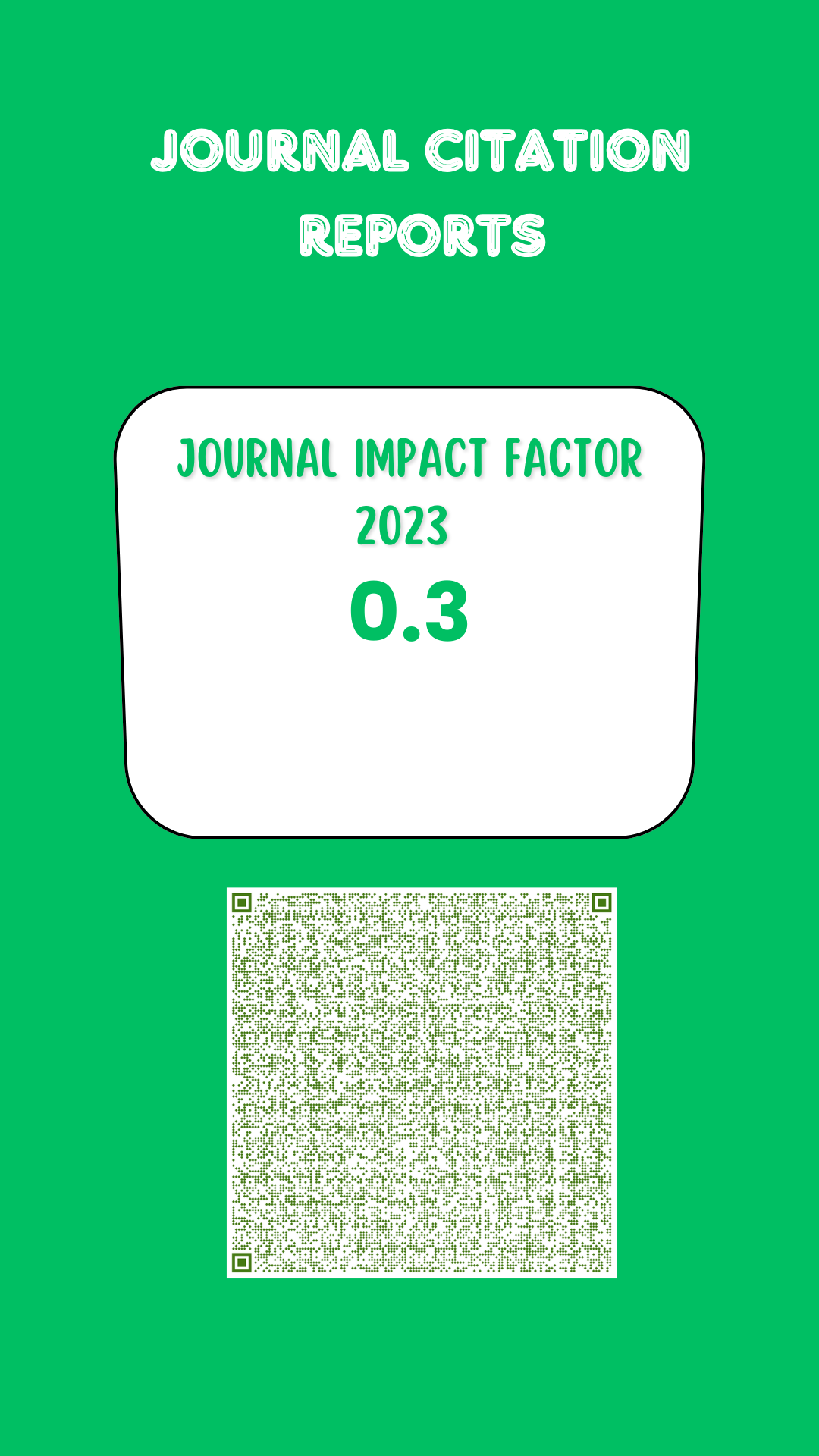Performance and grazing strategy of pelibuey sheep fed with different levels of protein
Estrategia de pastoreo de ovinos pelibuey
DOI:
https://doi.org/10.19136/era.a8nII.2944Abstract
With the objective of evaluating the performance of Pelibuey lambs fed with different levels of protein and Tanzania grass at two rotational grazing regimes. It was used completely random design. Were used 30 ewes of the Pelibuey breed with an initial live weight of 20.33 ± 1.56 kg, which were distributed in 30 pens of 2.5 m long x .80 m wide and in a 1.5 ha pasture divided into 0.25 ha. The animals were fed at 07:00 am and at 16:00 pm. With diets containing 10, 12, 14, 16% CP and a control feed, the lambs were grouped and grazed in pastures at two intensities of 9-11 cm and 13-15 cm of residual height. Were evaluated dry matter (DM), growth rate (TC), bromatological analysis of the pasture and weight gain. The highest accumulation of MS and TC were obtained in the months of June and July. The residual height of 9-11 cm presented the highest content of crude protein (CP) and neutral detergent fiber (NDF). The highest values in weight gain were obtained in lambs that grazed in pastures at a residual height of 9-13 cm and that were supplemented with food with 14 and 16% CP. The Tanzania grass presented good DM production and morphological components at an intensity of 13-15 cm. While the lambs that were fed 16% CP in the ration presented the highest daily weight gains.
Downloads
Downloads
Published
Issue
Section
License
Copyright (c) 2021 Ecosistemas y Recursos Agropecuarios

This work is licensed under a Creative Commons Attribution-NonCommercial-ShareAlike 4.0 International License.
Aviso de copyright
Los autores que se envían a esta revista aceptan los siguientes términos:
una. Los autores conservan los derechos de autor y garantizan a la revista el derecho a ser la primera publicación del trabajo con una licencia de atribución de Creative Commons que permite a otros compartir el trabajo con un reconocimiento de la autoría del trabajo y la publicación inicial en esta revista.
B. Los autores pueden establecer acuerdos complementarios separados para la distribución no exclusiva de la versión del trabajo publicado en la revista (por ejemplo, en un repositorio institucional o publicarlo en un libro), con un reconocimiento de su publicación inicial en esta revista.
C. Se permite y se anima a los autores a difundir su trabajo electrónicamente (por ejemplo, en repositorios institucionales o en su propio sitio web) antes y durante el proceso de envío, ya que puede conducir a intercambios productivos, así como a una cita más temprana y más extensa del trabajo publicado. (Consulte El efecto del acceso abierto).



